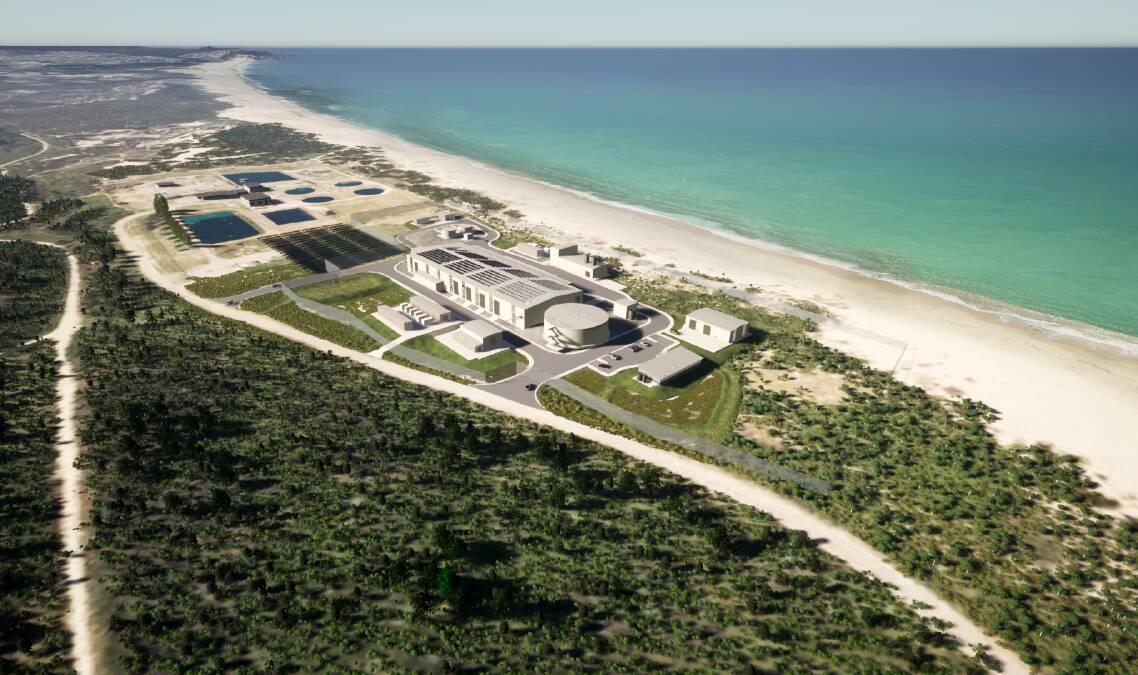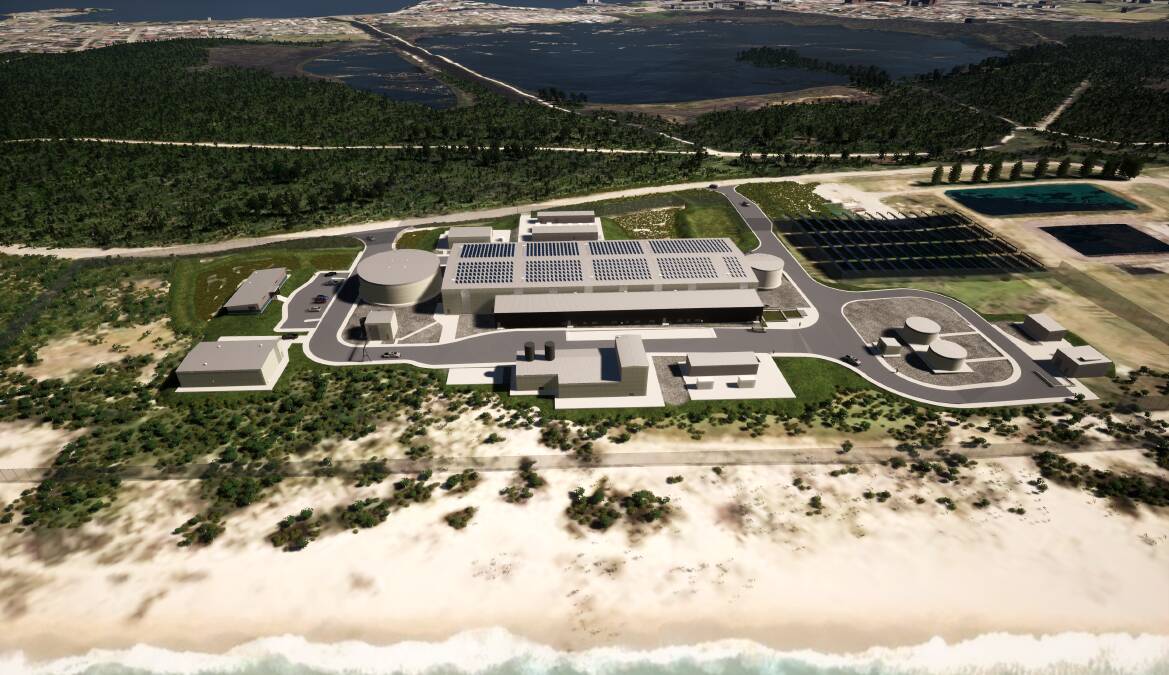









The cost of the Belmont desalination plant now stands at $530 million, a 112 per cent increase from the $250 million price tag quoted for the project less than two years ago.
Hunter Water has also confirmed the key piece of regional water security infrastructure will add an extra $90 at year to the average water bill.
A typical water and wastewater bill for the owner of a Lower Hunter house is presently $1340 per year.
The Independent Pricing and Regulatory Tribunal is yet to approve the $90 a year increase, however, Hunter Water's analysis shows the desalination plant remains the most cost-effective option to support Hunter communities during drought.
"I think the community will appreciate that investment is required to ensure that we can provide water to the community through all conditions, including drought," Hunter Water managing director Darren Cleary said on Tuesday.
"Of course, no one wants to pay more but the investment is required. It is an efficient and prudent use of our money and it is an investment that is desperately needed."
Construction, which is due to start next year, will create up to 215 full time equivalent jobs.
The plant is due to commence operating in 2028. It will add up to 30 million litres per day of rainfall-independent drinking water capacity to the Lower Hunter system, or about 15 per cent of the region's average daily needs.
The project began as a temporary drought response measure in 2018, before the former state government announced in 2021 that it would be a permanent piece of infrastructure with twice the capacity of a temporary plant.
A modification application, presently on public exhibition, details plans to include an increase the diameter of the seawater inlet and the diameter of the water mains receiving and distributing the drinking water.
The plant's height has also been raised to protect it from predicted future sea level rises.
The documents also show the estimated project cost now stands at $530million - a figure attributed to recent construction cost inflation.
The plant forms a key feature of the 2022 Lower Hunter Water Security Plan, which is designed to secure the region's water security for the next 40 years.
Other measures in the plan include the construction of a pipeline to connect the Glennies Creek and Lostock dams, increased water conservation and recycling initiatives plus continued leakage reduction across the Hunter Water network.
At the time of the plan's release, it was estimated the desalination plant would cost between $220 million and $250 million.
"We can't rely on rain alone anymore. We know our region's water storages can fall from typical operating levels to critical levels in less than three years. Should a severe drought continue beyond three years, our region could run out of water," Hunter Water managing director Darren Cleary said.
"Water security is fundamental to setting up our region for a sustainable, resilient and prosperous future. There is strong community support for improving water security and we need to take pressure off the region's dams by diversifying and expanding our water sources," Mr Cleary said.
"Building a 30 megalitre per day desalination plant at Belmont means we mitigate the region's drought risk as soon as practicable and ensure we can continue to meet a minimum supply of safe drinking water for our customers, even during drought."
During the public exhibition period, Hunter Water will be holding community information sessions in person and online.
A face-to-face session will be held at Belmont Library - 19 Ernest St, Belmont - on Saturday 3 February 2024 between 10am and 12pm.







